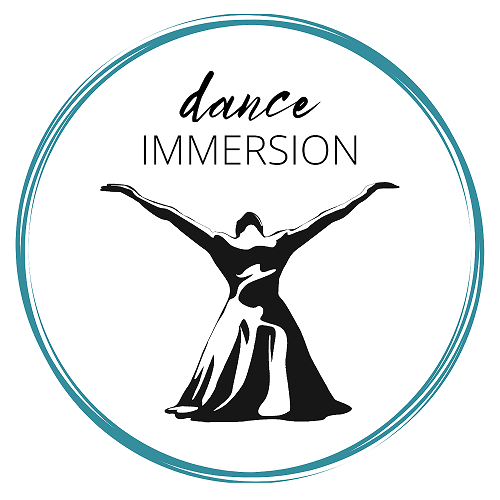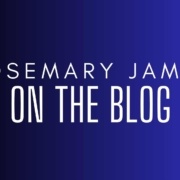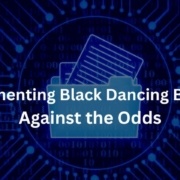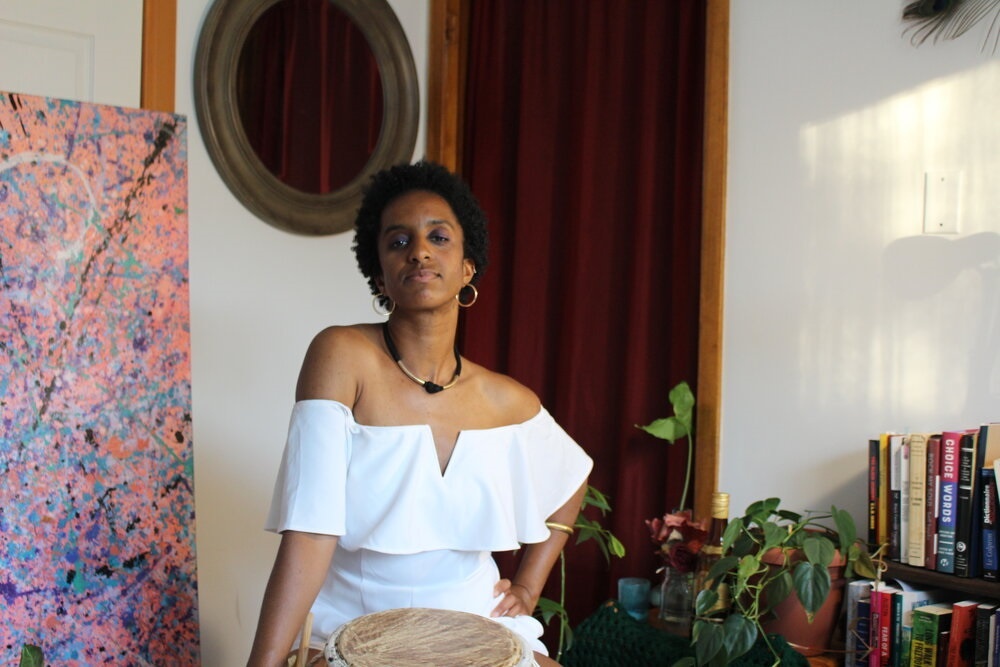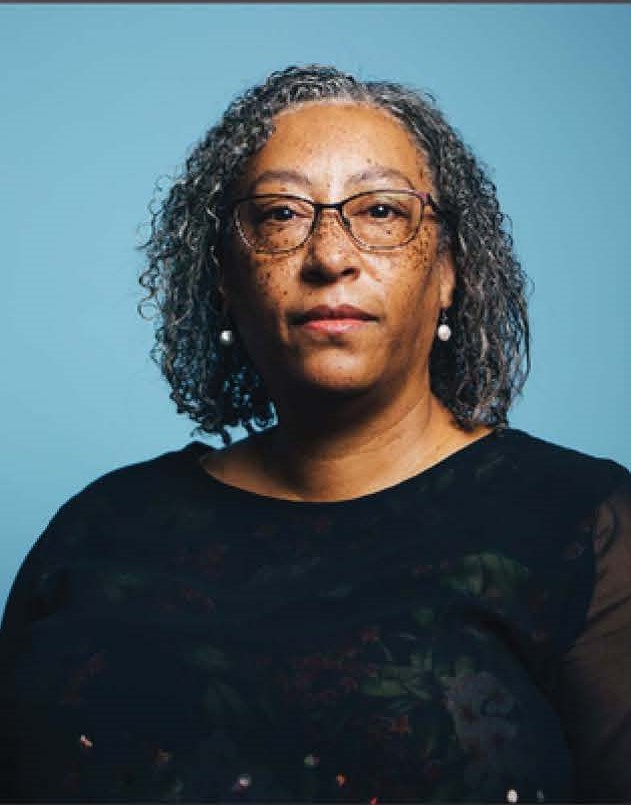
Photo by McKenzie James
I am an artist with over thirty years of experience as a dancer, educator, rehearsal director and entrepreneur. Reflecting on my journey into dance has brought up memories of teachers and mentors who have supported my artistic development, whether it was in the studio setting or attaining my degrees in dance at York University.
When I was twelve, I attended a performance at the O’Keefe Centre now known as the Meridian Hall by the Alvin Ailey American Dance Theatre. This all-Black dance company was inspiring, graceful, elegant, athletic, and technically skilled. My goal was to eventually train in New York, but my path took a different direction.
Magda Lakihazi was my first Cecchetti ballet instructor. She would often give me private lessons throughout my teenage years. She had a wonderful eye for detail, was meticulous, kind, and encouraging. Throughout high school I had classes in ballet and jazz. I was eventually introduced to Len Gibson who had a dance studio. His classes were high energy and pushed my technique and artistry. I had the privilege of performing with the Len Gibson Ensemble in the early 80s. I did not stay long because I wanted to pursue a degree in dance.
I was enrolled at Ryerson Polytechnical Institute (TMU) in the dance program from 1982-1983. I became increasingly unsatisfied with the curriculum and decided to leave after a year of training. Fortunately for me, Billyann Balay who was teaching modern dance, noticed my lack of enthusiasm for the program. She suggested that I audition for The School of Toronto Dance Theatre (STDT) where she was the principal.
From 1983-1986 I trained in the Martha Graham Technique with the founders of Toronto Dance Theatre (TDT) Patricia Beatty, David Earle, Peter Randazzo and various teachers over the years. I fell in love with this rich, foundational, and complex modern art form which I continue to teach at Toronto Metropolitan University, STDT and Performing Dance Arts.
My passion for teaching started in my formative years. I would rush home from school and share with my siblings what I had learned that day. This imparting of knowledge continued when I was a gymnastic coach for several years and taught dance classes for the club.
Since 1987, I have taught in the Pre-Professional Training Program at STDT, and I was the Training and Performing Associate from 2009-2021 under the expert leadership of Patricia Fraser. I have taught master classes locally, nationally and internationally to novice, pre and professional dancers.
As a dancer, I performed choreographies by the founders of Toronto Dance Theatre and then resident choreographer Christopher House from 1986-1992. In the fall of ‘92 I was offered the position of Rehearsal Director.
For twenty-six seasons I worked alongside the visionary and creative genius of artistic director Christopher House (1994-2020). Most of my skills as rehearsal director were learned during this period. It is an interesting job that has included remounting choreography, coaching, directing rehearsals, new creations, teaching, scheduling, touring, and collaborations with artistic, administrative, and production teams. I continue to be active in this role with the innovative and forward-thinking artistic director, Andrew Tay.
I am proud of my academic achievements. From 2000-2006 I acquired a BA and MA in Dance at York University, while continuing to work full time for TDT and part-time with STDT. I was thrilled by this endeavor, because it allowed me to experience academia and to be stimulated by professors such as, Mary Jane Warner and Selma Odom.
My teachers and mentors have inspired, nurtured, educated, and supported my journey in dance. From their examples, it is my desire to continue the work of sharing information, imparting knowledge and encouraging future generations of dancers through my experiences and artistic endeavors.
My initiatives outside of teaching and rehearsal directing have led to the audio series Recconecting with Black dancers from the 80’s and Early 90’s (2021) and collaboration with Mary Jane Warner on the film tribute Celebrating Patricia Beatty: Artist, Choreographer, Teacher (2021). I have enjoyed these different projects because they have kept me engaged with the broader dance community. My hope is that they are informative and offer a glimpse into the lives of the people associated with TDT.
On January 27, 2023, I was honoured with The Charles Augins Inspirational Artist Award. This is the first award that I have ever received in acknowledgement of my work in the field of dance. I am filled with gratitude because rarely are artists in my profession recognized for their contributions to dance.
To be appreciated and celebrated by the International Association of Blacks in Dance organization, dance Immersion, family, and colleagues is meaningful because it reflects all the hard work, dedication, commitment, time and energy that I have devoted to my craft.

